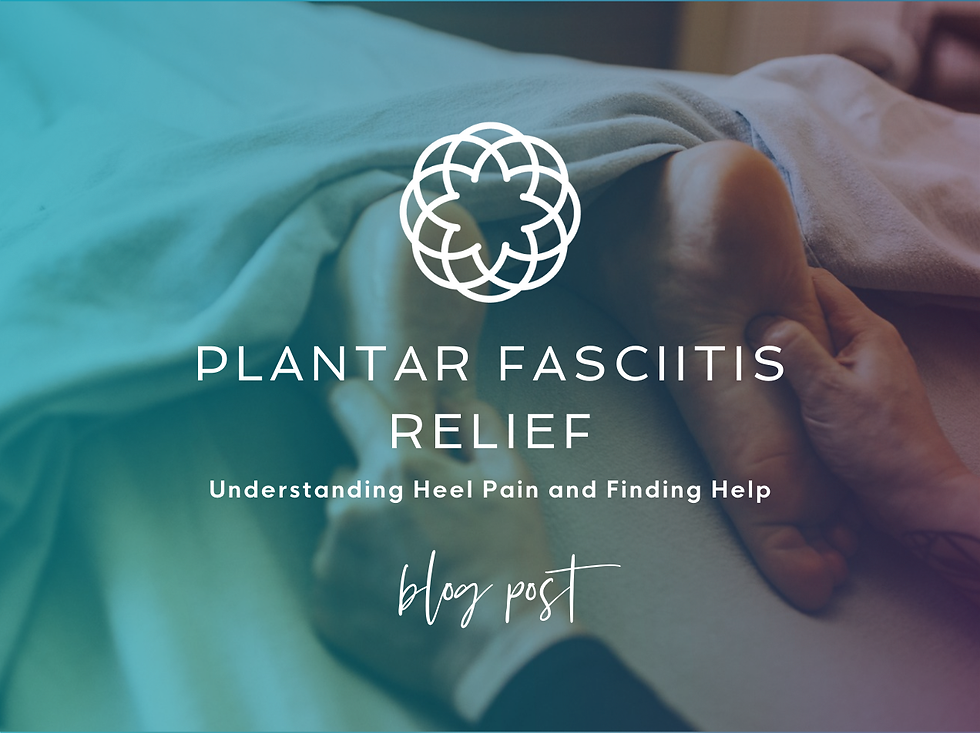Understanding Knee Pain: How Massage Therapy Can Help
- The Care Collective

- Oct 21
- 2 min read

Knee pain is one of the most common reasons people seek massage, and surprisingly, it’s often not caused by the knee itself.
At The Care Collective, our therapists take a whole-body approach. Instead of chasing symptoms, we look at how your muscles, posture, and movement patterns work together and where imbalances may be adding extra strain to your knees.
Why Knee Pain Happens
Most knee pain develops because of tension or imbalance elsewhere — like tight hips, overworked quads, or an uneven gait. When one area isn’t moving well, your knees often compensate. Over time, that compensation can lead to soreness or stiffness.
Massage helps by improving circulation, easing tension, and restoring balance across the muscles and fascia that support your knees.
When Massage Can Help
Our therapists can safely and effectively address several types of non-acute knee pain, including:
Mechanical pain from tight muscles in the quads, hamstrings, or calves
Myofascial pain caused by trigger points that refer discomfort to the knee area
Postural stress from long hours sitting, standing, or driving
Chronic strain or mild tendon irritation that lingers after inflammation has subsided
Through focused work on the muscles and fascia surrounding the knee, hips, and lower legs, massage can improve circulation, restore range of motion, and relieve pain caused by tension or overuse.
When to Seek Medical Care
While massage therapy is incredibly effective for many forms of knee pain, there are times when a medical evaluation is essential.
You should seek immediate medical attention if you experience:
A sudden injury accompanied by a “pop” or “snap”
Significant swelling or inability to bear weight
Locking, clicking, or instability in the joint
Redness, warmth, or fever, which may indicate infection or inflammation
Throbbing or deep pain that doesn’t change with position
Your safety always comes first. Our therapists are trained to recognize these red flags and will refer you to a qualified healthcare provider if your symptoms fall outside the massage therapy scope of practice.
How We Approach Treatment
Because every case of knee pain is different, our work begins with assessment. We may explore:
Muscular patterns — like tight glutes or quads that pull on the knee joint
Fascial restrictions — connective tissue tension that limits movement
Functional movement — including the subtle rotation of the shin bone that supports healthy walking
Releasing tension and restoring mobility in these areas often brings noticeable relief, not just at the knee, but throughout the entire leg.
Supporting Long-Term Relief
Massage therapy offers both immediate and lasting benefits when paired with balanced movement. We often recommend simple exercises to strengthen the hips and glutes, helping sustain the results of your session and support better alignment with every step.
Knee pain doesn’t have to slow you down. By addressing the deeper causes of discomfort, from muscle tension to movement imbalance, massage therapy helps restore comfort, balance, and confidence in your body.
👉 Book your next therapeutic session and take the next step toward relief.




